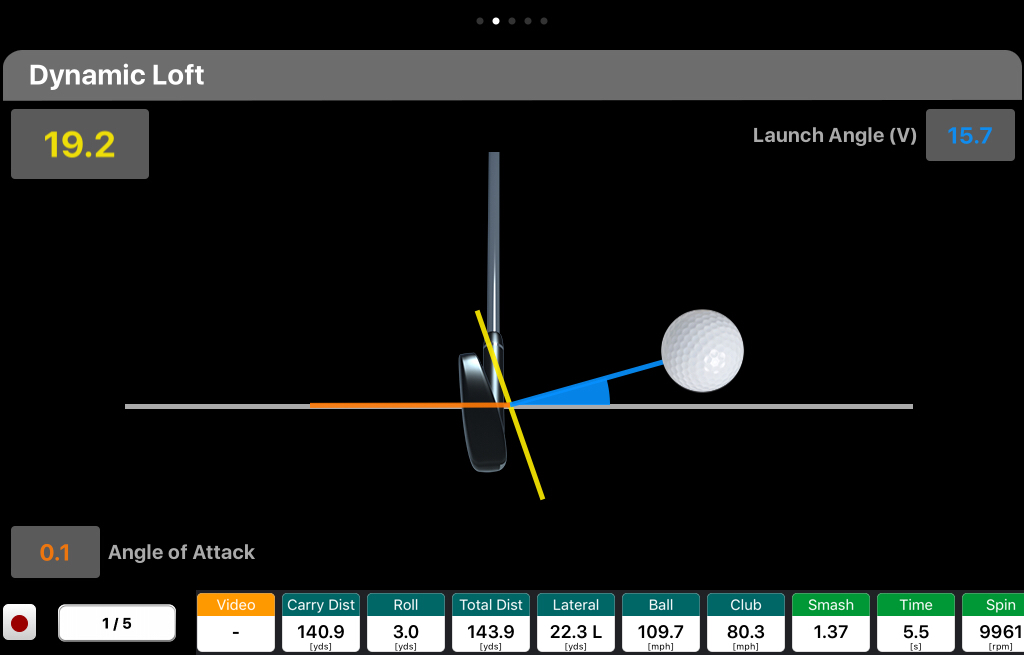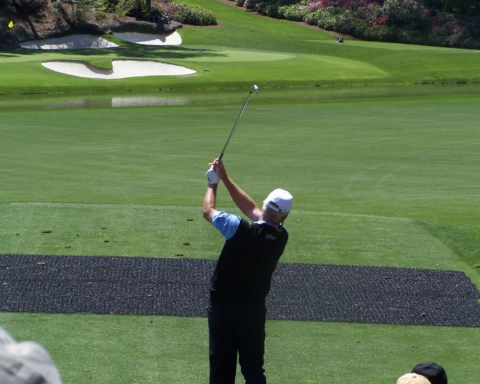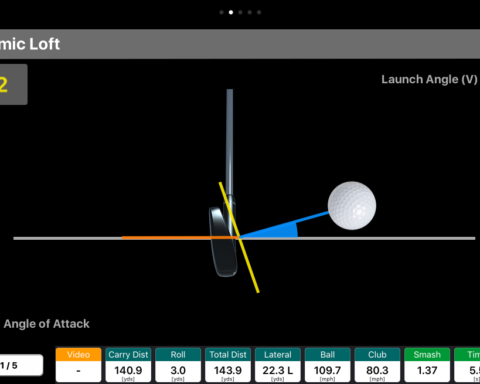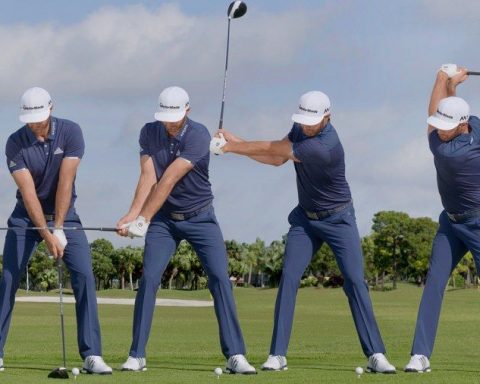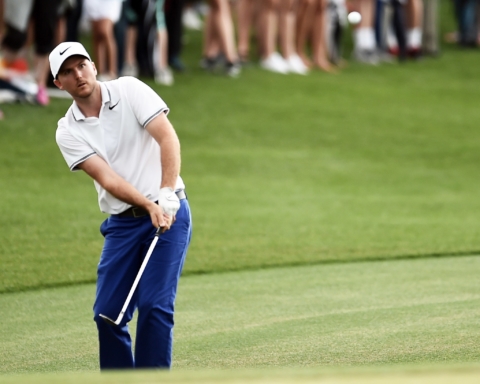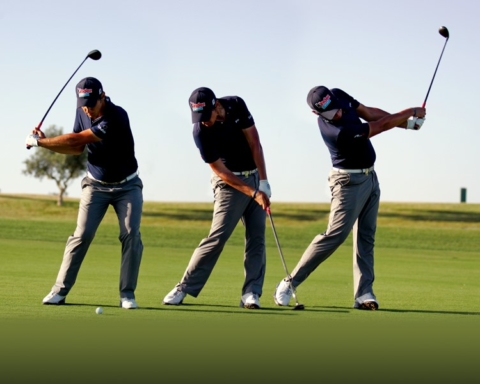Technology has changed the amount of information available to teachers over the past decade in amazing ways. The use of video to pressure mapping, measuring ground force, data tracking, ball flight monitors and more has provided a ton of information to use or not use. Unfortunately most of this equipment is fairly expensive and most local PGA professinals only have access to one or two of these technologies to help thier students.
Trackman is one of the most popular launch monitors to use but at around $24k not to many guys have them at their range. Swing Catylist is a pressure mapping and force mapping system that is fantastic but also very expensive. BodiTrak is a good alternative for around $2,500. But how does all this help the average 12 to 28 handicap golfer?
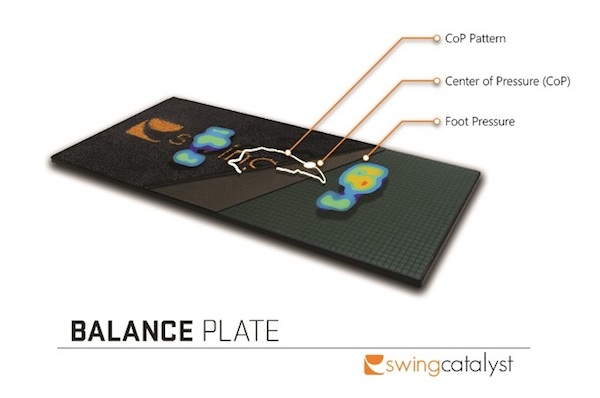

It can help a ton with the right instructor. Most golfers think they know their golf swing when in reality they know what their swing feels like. This is true for poor players and surprisingly really good players. This is another reason why most on course fixes during a round normally don’t help. The player is normally trying to fix a feel and not helping themselves by correcting a swing mechanical issues.
It has been said that it is difficult to give directions to someone who doesn’t know where they are. This is often the case for golfers as they really don’t understand their own swings. For this reason I think it is a great idea to save up a little money and get a tested to see where you golf swing is mechanically sound or not. You can look on line at PGA.com to find a instructor in your area. Find out if they use a camera, pressure mapping, launch monitor or other technology at thier site. Remeber, this is not neccesarily a lesson but an assesment of your golf swing! You may want to write down your self assesment of your swing before yuo go in and then compare that to the actual results. Here are a few sample items;
My posture is; Good, OK, Poor
My Grip is; Strong, Nuetral, Weak
At the top of my swing my left arm is; straight at the top, bent about 15 degrees bent 45 degrees or more
My hips in the back swing; move away from the target move towards the target rotate
My left arm at impact is; straight almost straight bent
My right arm at impact is; straight almost straight bent
The club at the top of the swing is; short of parrallel parrallel past parrallel
My wieght moves toward the target in the downswing; to start the downswing during the downswing after impact
At impact my hips are; 45 degrees open 20 degrees open facing the golf ball
I hit my driver in the air 150 yards 175 yards 200 yards 225 yards 250 yards 275 yards 300 yards
I hit my 7 iron in the air 100 yards 125 yards 150 yards 175 yards
The power from my body in the swing comes from lateral motion rotational motion vertical motion a combination of
My club head speed with a driver is 60- 70 mph 70- 80 mph 80-90 mph 90-100 mph 100-110 mph 110-120 mph over 120
I am Right eye dominant Left eye dominant
My club face at the top of my swing is Open Square Closed
The shaft in my clubs are; too flexible about right too stiff
The best part of my golf swing is _____________________________________________________________
The worst par of my golf swing is ________________________________________________________________
Fill is basi sheet out before you go to the assesment-lesson. You may be suprised at the results. What you will know after the assesment is where you are and how to get better. You may find out that your swing is really good but your set up is holding you back. Often times players don’t realize how long of backswing they have or how open the club is at the top of the swing. After learning about your swing you may realize that your swing doesn’t fit a draw and stop trying to hit a draw.
So go find out what your baseline, golf swing really is and then you can makes plans on how to improve. Getting better at golf is much easier once you understand what you need to improve!
Jim Hartnett, PGA
www.myhome4golf.com


